Republished from the Brandon Sun print edition June 10, 2016
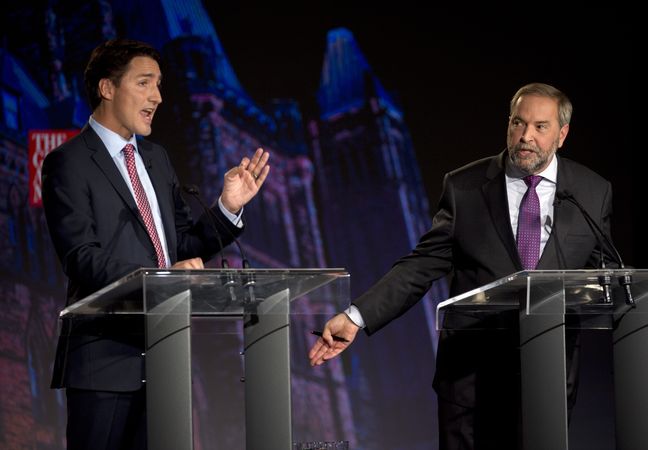
Sometimes leaning on your majority is not the best way to do business.
Never was that more evident than this past week when the Liberals backed off on the gung-ho nature of their promise of electoral reform.
Less than a month before, the party announced it would soldier on with the election promise to reform the Canadian electoral system, and would effectively choose to stack the deck in their favour to ensure their mandate moved forward in the House of Commons.
The Grits’ original plan was to bring about recommendations through a working committee made up of six Liberals, three Conservatives and one NDP member. A Bloc Québécois member and a Green party representative would sit on the committee as well, but neither would have a vote.
At the time, the committee would be tasked with examining alternative voting methods including, among others, proportional representation, as well as ranked preferential ballots, the choice of the Trudeau Liberals.
In that scenario, the first candidate past 50 per cent support would win the seat. They would be chosen by scoring a ranked ballot where the bottom candidate potentially fell off each round until a winner eclipsed that magic 50 per cent number.
This discussion comes at an interesting time in Canadian politics. In the 2015 federal election, stats showed that 25 members of Parliament were elected by less than one-third of the votes in their riding. Furthermore, 40 per cent of MPs were elected with less than 50 per cent of their support of their constituents.
It may not sound like much but it is staggering when you consider almost half the MPs in Parliament today were sent there with less than 50 per cent support of the voters in their home ridings. In tight three-way races, the magic number for victory becomes far smaller, which is why the Liberals want to look at reform … well, sort of.
If Canadians went to a form of ranked balloting, the Liberals really do stand to benefit. As a moderate, middle ground party, the likelihood of them being either the first or second choice of most Canadians is pretty good. Especially in ridings where the votes may be close, the ranked ballot voting system works well for a party that has strong appeal among a large percentage of voters.
Where it goes off the rails a bit is in how the Liberals sought to implement it.
By forcing the issue, they have exposed themselves to the same sort of scrutiny that befell the previous Conservative government. In looking to fast-track the committee work by using the makeup of the House as a mirror for the representation on the committee, it gave their opposition some traction to challenge the plan.
NDP MP Nathan Cullen called the system “broken,” stating that the government was questioning the whole electoral mechanism while using that very same system to structure the political allegiances on the committee.
If Prime Minister Justin Trudeau was looking to craft a new form of engagement, he is going about it in the wrong fashion. He “bungled” the launch as was shared in the Winnipeg Free Press earlier this week, leaving the Liberals to wipe egg from their faces as they look to move forward.
Surely the government will undergo some growing pains, but repeated missteps, retractions and indecisiveness can prove costly over time. By taking a step back and realizing what was faulty in their approach takes some maturity, but may have also been a good stall tactic to push the decision further down the pipe.
Reworking the makeup of the committee only satisfies the opposition to it in the interim. The decision inevitably comes back to the Liberal cabinet and then the House and Senate before real timelines on implementation can take place. With opposition parties choosing to debate the Liberals on committee representation, they are missing the mark.
Where the opposition needs to focus is on seeking the input of everyday Canadians. The electorate needs to ultimately decide if the system should change, and thus far, the Trudeau government has not committed to it becoming an official referendum issue, only noting that consultation was needed. The Liberals have not shut the referendum door completely but surely it is their hope that the committee and House can solve the issue without going to that length.
We need a better system — there is little doubting that. Waning voter turnout and governments elected with less than 40 per cent support doesn’t make sense.
At the same time, however, neither does forcing an issue in the interests of merely meeting an election promise.
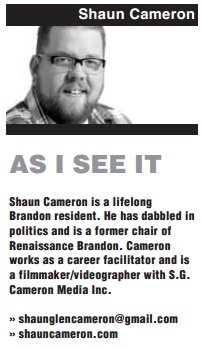
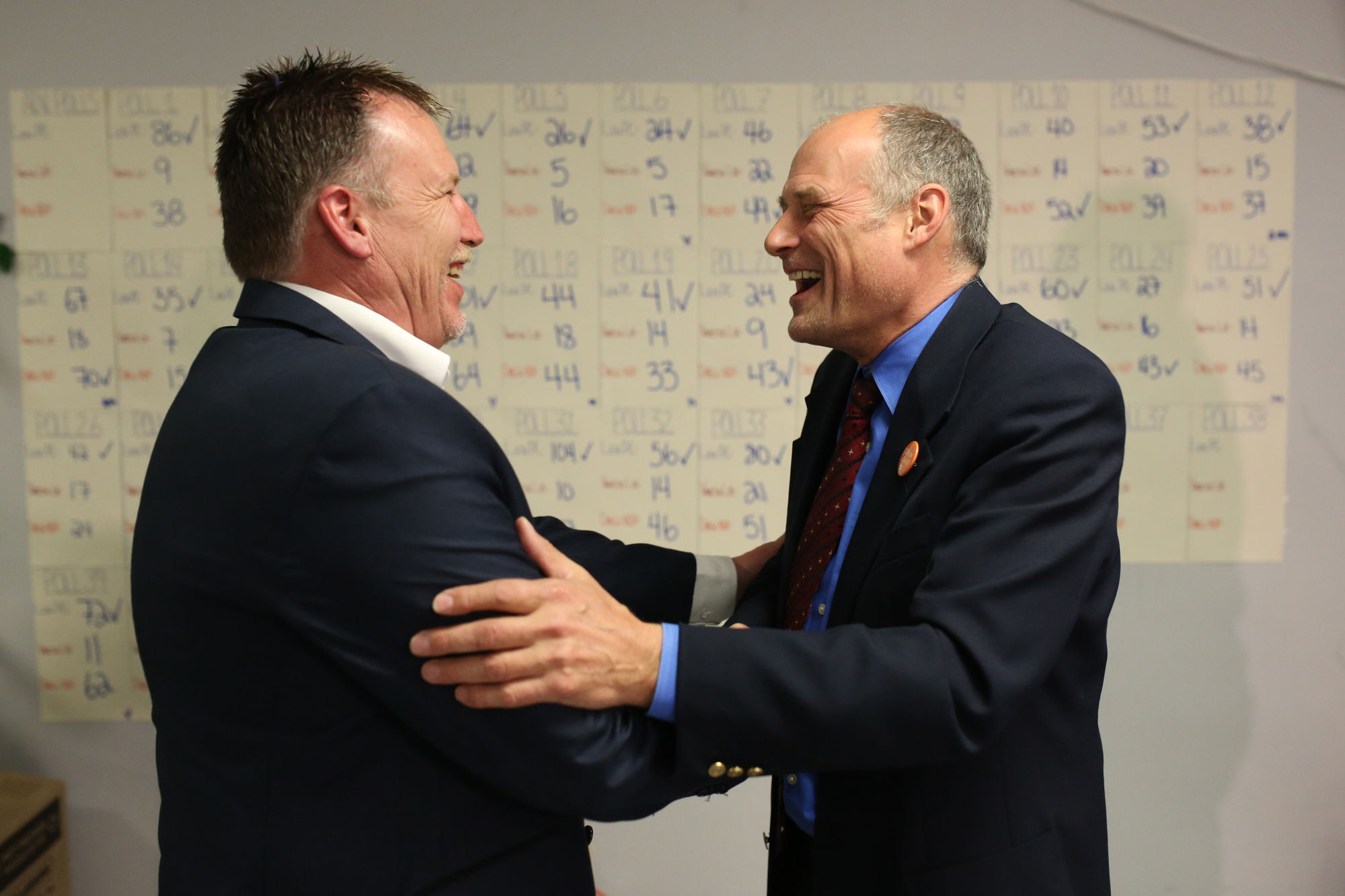
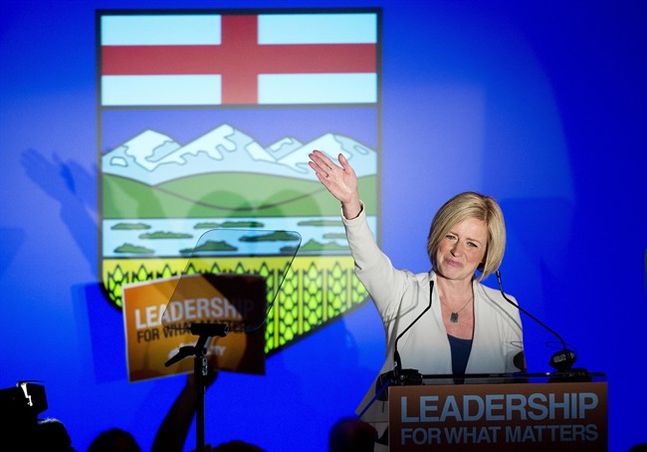
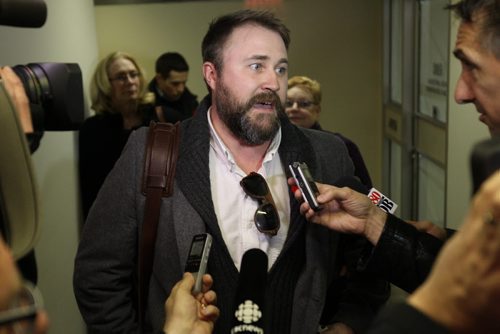
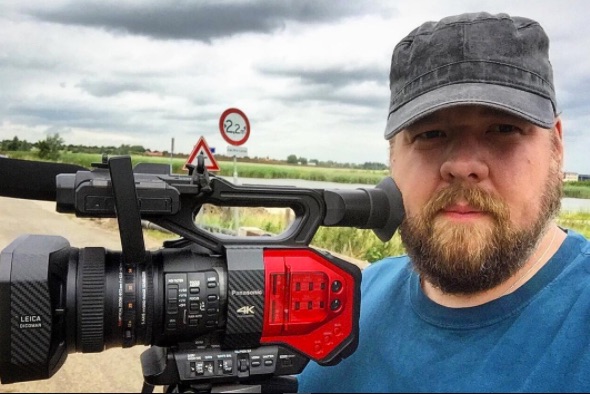
Social Profiles